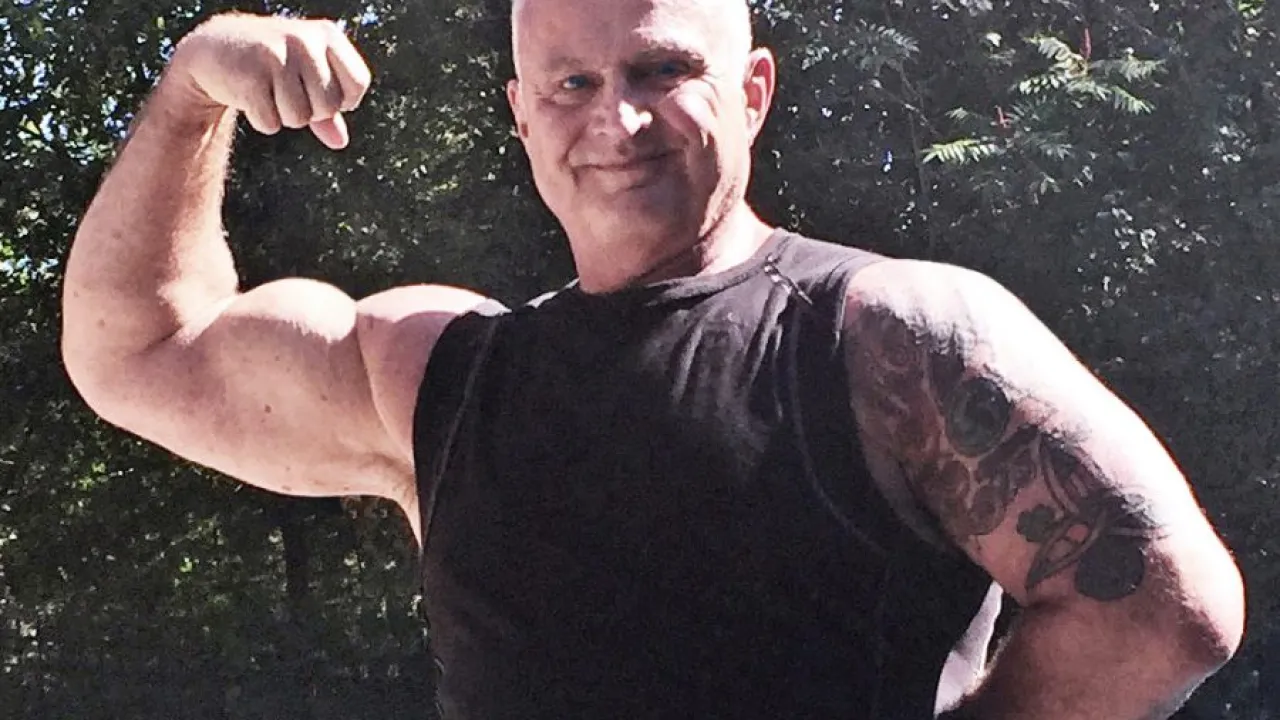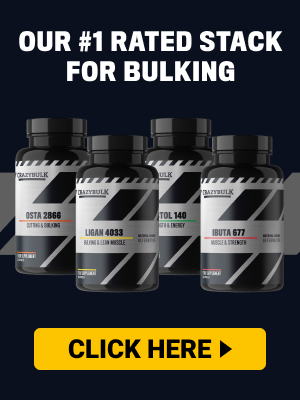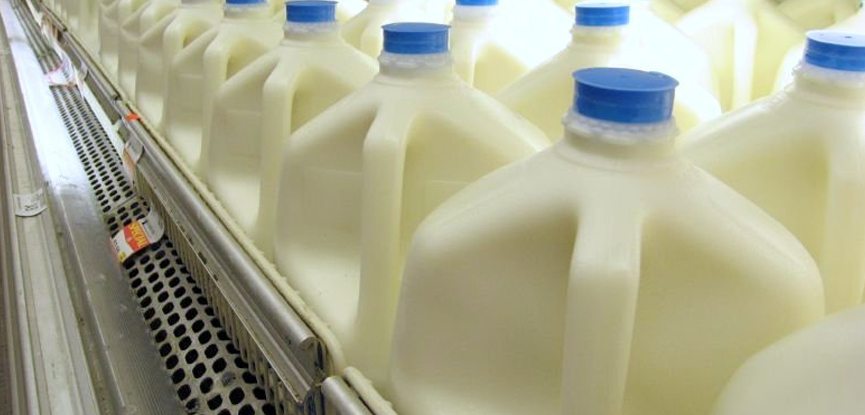Can You Still Build Muscle After 50?
Can you build muscle after 50? Of course, it’s possible. If you’ve seen your age group flaunting their lean body and wishes to achieve the same, you’re not alone.
With age, your body might not respond to exercise the same way as younger people because of hormonal shifts or health changes. But that doesn’t have to stop you from building muscle mass, as you can keep gaining muscles throughout your life with proper exercise, diet, and nutrition.
So, if you’re here to know about muscle building after 50, you’re in the right place. Whether it be gaining muscle quickly or aiming for a six-pack, this post will tell you everything you need to know.
How Can A 50 Year Old Build Muscle Fast?
If you want to gain muscle quickly, you may need to adjust your fitness routine and diet plan accordingly and stick to it. But before you do that, ensure that you visit your doctor before making any changes to avoid complications.
There’s no specific time or ever too late to start training to build muscle. Once you begin your journey, be consistent, as it’s crucial for your success.
Lifting weights is a great way to increase mass. It helps you gain muscle strength, enhances flexibility, strengthens your spine, and keeps cardiovascular diseases at bay. You can also try exercising with endurance bands and do squats, push-ups, and lunges, as they’re highly beneficial.
With regular training, you can certainly see improvements in your muscle strength and mass within 6 to 10 weeks.
But avoid overtraining as it would add extra pressure to your joints, which can be of concern for older people. Train at least four times a week by taking a break on alternate days and adding a high amount of protein to your diet because your body needs it. Also, it’s best to focus on full-body workouts daily instead of focusing on a specific muscle group.
Another reason why you need enough protein is because of the leucine requirement. Leucine plays a vital role in regulating muscle protein, but with age, the absorption of leucine declines resulting in loss of skeletal muscle mass. As a result, you need a higher protein intake regularly to increase MPS (muscle protein synthesis).
In addition, you’ll need adequate rest to help your body recover after physical activity. Take breaks between and after your workout and sleep for about 7 to 8 hours.

How Often Should A 50 Year Old Man Lift Weights?
With several changes in your body with age, it’s no surprise that you cannot perform physical activities as usual, including lifting heavy weights. Though lifting weights significantly helps increase muscle mass, if you’re over 50 years old, you’ll have to slow it down to prevent injury during training.
Begin with lighter weights and gradually add more once you feel comfortable and your body copes well with the stress. However, you cannot lift weights daily if you’re over 50. Lifting weights at least two to three times a week is recommended for older people.
Weight lifting to maintain muscle mass requires patience, as you won’t get immediate results, but with consistent workouts, you can achieve your goal. When lifting weights, avoid heavy lifting as they can quickly burn you out after one or two reps and also adds great pressure on the joints.
Instead, try going for a weight that you can handle safely without staining your muscles so that you can at least lift ten to twelve reps. Once you manage to handle the recommended number of sets, you can add more weight. Also, it’s essential that you warm up by going for a walk or doing an aerobic activity before you start weight lifting.
Moreover, limiting your workout to 45 minutes is best, as overworking won’t yield better results but instead makes you feel tired and worn out. Ensure that you rest in between and take your time to cool down after training.
At the end of your workout, gently stretch to ease muscle tension and enhance flexibility. Rest for a day or two to fuel your energy for your next training because your body needs to recover after an intense workout.
How Can I Get A Six Pack After 50?
They say, don’t let age stop you from doing what you want. If you want to achieve a six-pack and build muscle after 50, it’s achievable. Regardless of age, people desire to have six-pack abs and a toned body. But behind the curtain, there’s so much dedication and hard work that you should put into achieving your fitness goal.
Here’s how:
- Exercise daily: Besides going to the gym, aerobic exercises help shed excess fat. Whether swimming, brisk walking, running, or cycling, adding a mix of cardio work to your daily routine can help you lose weight. In doing so consistently, you can see drastic changes in your body from head to toe.
- Protein is your best friend: Adding protein-rich foods to your diet can be a game-changer. It increases your metabolic rate, prevents muscle loss, and keeps you from feeling hungry. Diet plays an essential role in achieving six-pack abs, and a diet that includes healthy fats, protein, and fiber is necessary.
- Avoid processed foods and sugar: You may exercise regularly, but if you’re consuming unhealthy foods, everything goes back to zero as you’ll be putting on weight. You need to maintain a strict diet once you begin your journey, as eating sugary foods high in calories cannot help burn fat efficiently.
Sit-Ups Vs. Crunches – Which Is Better To Build A Six Pack After 50?
Crunches
Crunches are a form of workout where the main focus is on the core of the abdomen. So it’s exclusive to that specific muscle region only. While doing crunches, you are isolating your abdominal muscles. This is an ideal form of workout for building six-pack abs. But it should also be noted that you cannot aim to burn fats while performing this workout.
Pros
Crunches focus exclusively on intense muscle isolation in the abdomen region as it helps strengthen one’s core. Performing crunches does not require any gym equipment. This form of workout is one of the easiest to perform.
With the primary focus on your abdominal muscles, crunches also strengthen your stabilizer muscles. Moreover, training your abs helps you in developing a durable abdomen region.
Cons
Since crunches are reserved exclusively to the core, repeated bending of the spine may damage the spinal area’s nerves. Extreme stress on the spine is not recommended to people having chronic back and spinal problems. Even for beginners, repeated crunches with no breaks may result in back pain and spasms.
While crunches are suitable for developing muscle, you cannot expect to burn fats as this workout isn’t designed to do so.
Doing crunches is also limited to a very particular area, i.e., the abdomen area. So you cannot expect results in other parts of the body besides the stomach region.
Sit-Ups
These are a form of exercise where the focus and target is on the body’s abdominal region to strengthen and tone it overtime.
Sit-ups focus on the abdominal region, including the hips, neck, chest, and lower back.
Pros
The sit-up is a significant type of workout since it helps strengthen and tighten the abdominal core. It helps in developing muscles in multiple parts of the body. It develops and builds chest muscles, tightens the hip flexors, improves the nerves and muscles of the lower back region, and tightens the fibers in the neck.
Cons
Sit-ups do not necessarily contribute to burning fats as it yields no progress in that department. It just helps in strengthening the core muscles.
If you have no sense of limit while performing sit-ups, you risk yourself and make yourself prone to injuries related to your upper and lower back. Straining the back may damage your spinal nerves and hence, result in chronic back pain.
You may also expose yourself to neck injuries, and sit-ups involve you straining the whole neck region of the body and arching of the spinal region.
Almost every human has the desire to obtain a good-toned physical body. So if we have that spark in our minds and have the will power to go along with it, it becomes a recipe for us willing to make a change in our lives.
In conclusion, sit-ups are the better choice to build muscle after 50 because they target the muscles in different parts of the body and help build the chest area, hips, and strengthen the nerves, whereas crunches focus only on the abdominal region.
Building your desired dream body is attainable at any age, and you’re never too late to start. You’re on the right track if you think it’s time to make changes to improve your overall health even after hitting 50 because it’s not impossible.
However, it would be best to have a well-planned diet and workout activities to build lean muscles.
Lastly, be consistent and never give up even if your body doesn’t show immediate changes as expected because results may vary individually.



